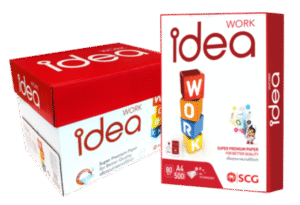Home » An Advanced Guide to Corrugated Boxes
An Advanced Guide to Corrugated Boxes
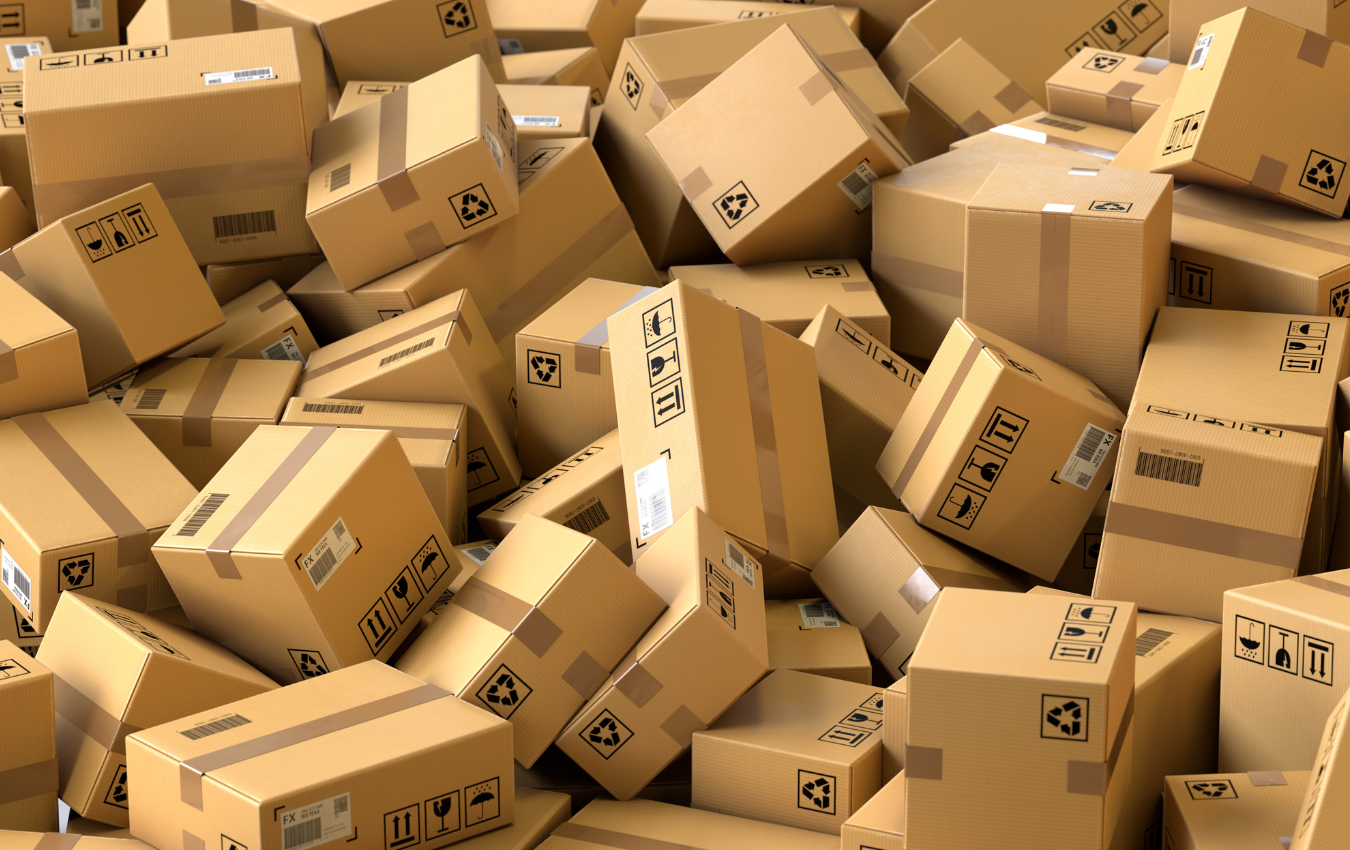
Corrugated boxes are more than mere containers; they’re the culmination of engineering, design, and environmental consideration. This advanced guide delves into the nuances of corrugated boxes, offering in-depth knowledge for those looking to master their use in packaging.
The Complex Anatomy of Corrugated Boxes
Understanding the structure of corrugated boxes is crucial for maximizing their utility.
- Flute Profiles Explained: Each flute type – A, B, C, E, and F – has specific characteristics. A-flute offers excellent cushioning, B-flute is great for die-cutting and printing, C-flute strikes a balance between cushioning and stacking strength, E-flute offers superior printability, and F-flute is ideal for retail packaging.
- Wall Construction Varieties: The choice between single, double, or triple wall construction impacts the box’s strength and durability. Each type serves different shipping and handling requirements.
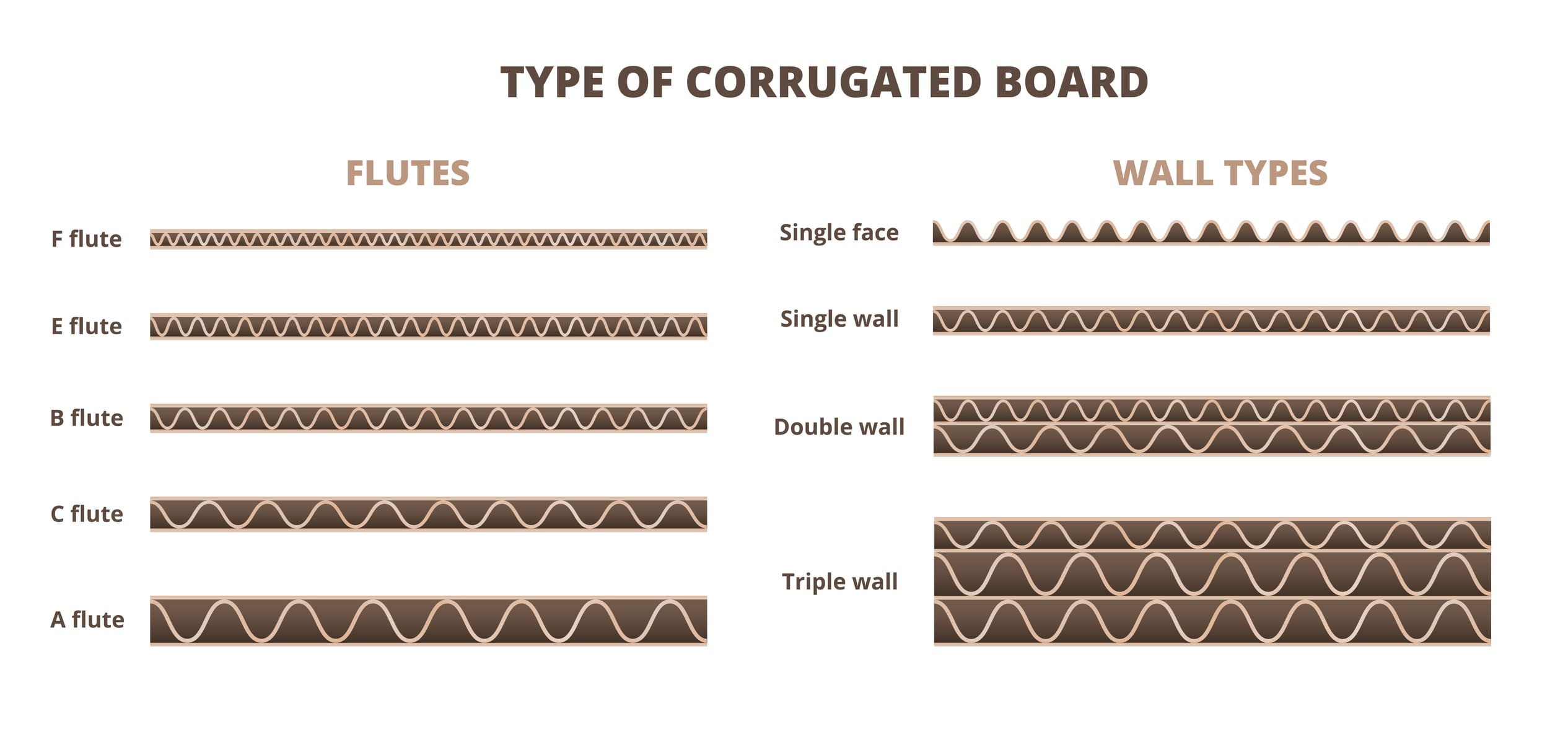
Diverse Types of Corrugated Boxes
Selecting the right box type is critical for product protection and cost efficiency.
- Regular Slotted Containers (RSC): The industry standard, versatile for a wide range of products.
- Full Overlap Boxes (FOL): Their overlapping flaps provide added strength for heavy or delicate items.
- Die-Cut Boxes: Custom-made for unique product shapes, offering both functionality and aesthetic appeal.
- Mailer Boxes: Popular in e-commerce, they provide a secure and presentable packaging solution.
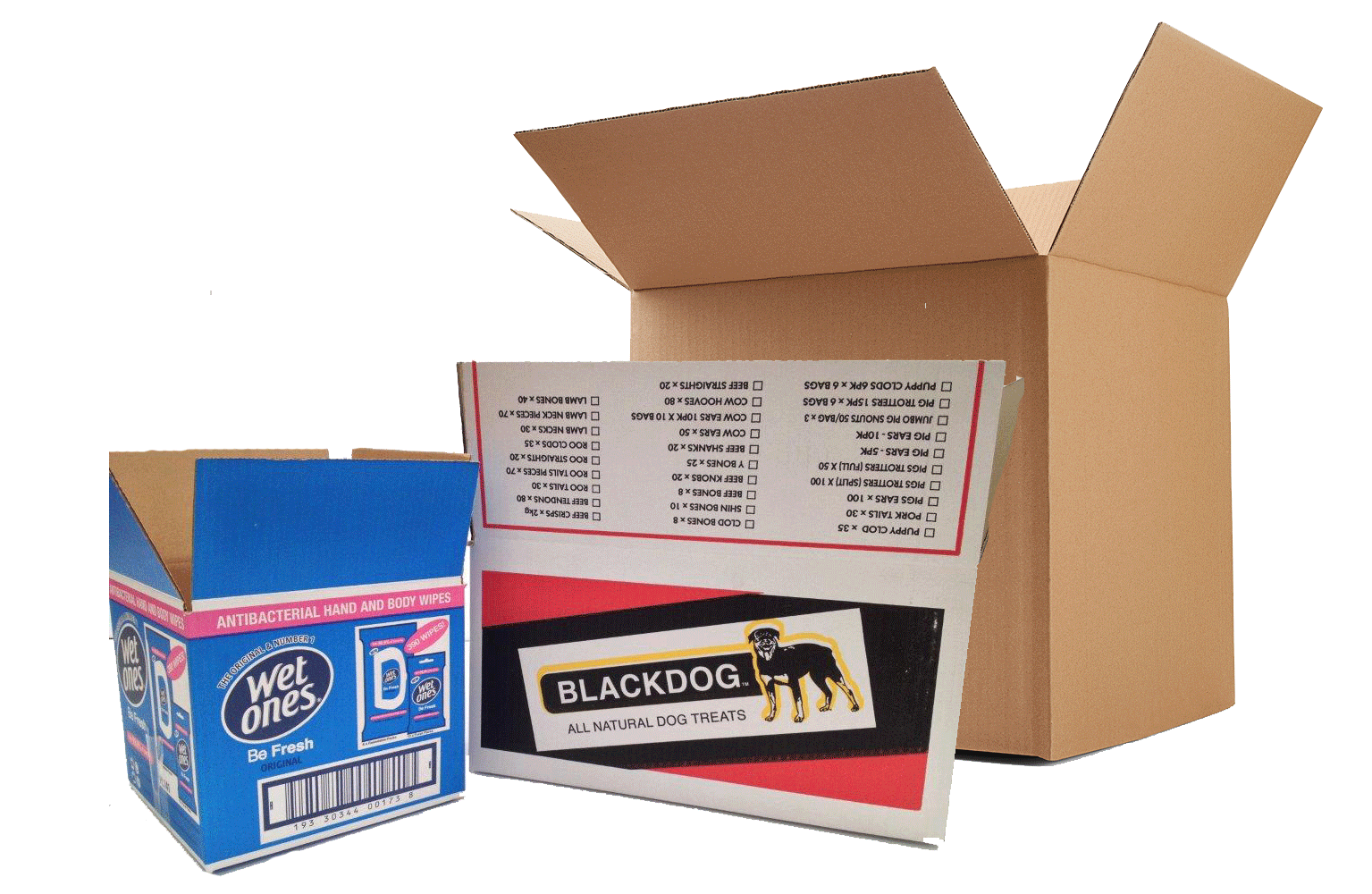
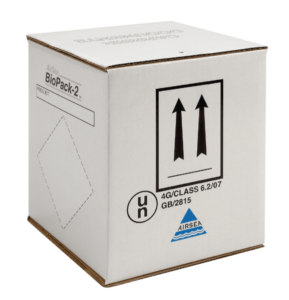
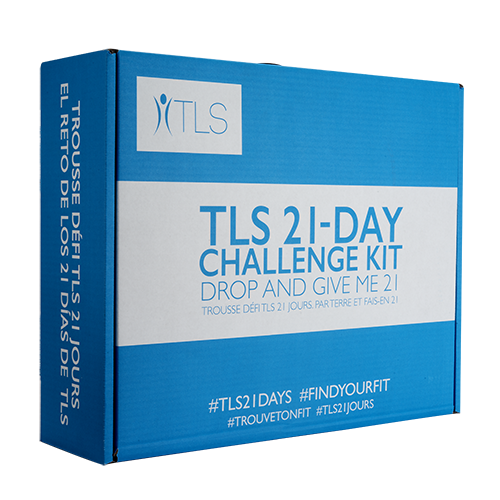
Customization and Branding Techniques
Corrugated boxes are a blank canvas for branding and customization.
- Advanced Printing Methods: Flexographic, lithographic, and digital printing offer varied benefits from cost efficiency to high-resolution graphics.
- Structural Customization: Designing inserts, partitions, and dividers for product-specific protection and presentation.
- Surface Treatments: Laminations, coatings, and varnishes not only protect the product but also enhance the tactile and visual appeal of the box.
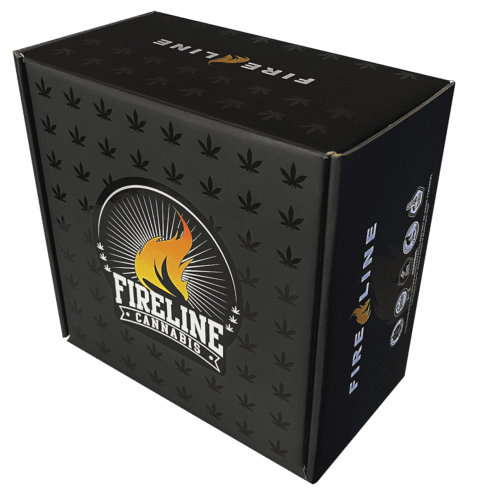
Measuring Strength and Durability
The resilience of a corrugated box is key to its performance.
- Understanding ECT vs. Mullen Test: The Edge Crush Test (ECT) measures stacking strength, while the Mullen Test assesses bursting strength. The choice depends on the product’s shipping and storage needs.
- Quality Standards and Certifications: Familiarize with industry standards like the Box Maker’s Certificate (BMC), which guarantees certain strength parameters.
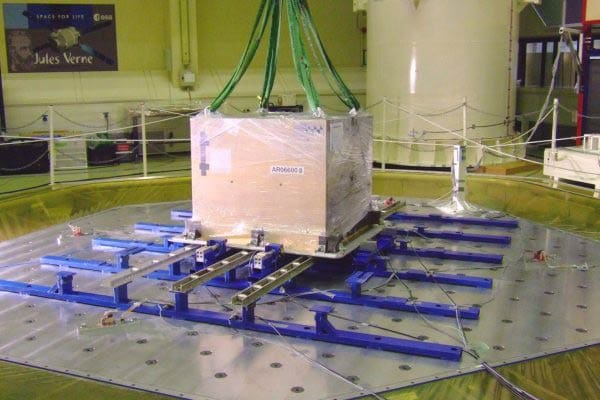
Sustainability in Focus
Corrugated boxes play a significant role in sustainable packaging.
- Environmental Impact of Materials: Emphasize the use of recycled content and the recyclability of the boxes.
- Lifecycle Assessment: Consider the environmental impact throughout the box’s lifecycle, from production to disposal.
- Sourcing Ethics: Ensure the raw materials are sourced following sustainable forestry practices.
Leveraging Technological Innovations
Stay abreast of technological advancements that enhance corrugated box utility.
- Smart Packaging Features: Integrate technologies like QR codes, RFID tags, and IoT devices for tracking, user engagement, and authenticity verification.
- Automated Production Techniques: Understand the latest in box manufacturing technology for improved precision and efficiency.
Regulatory Compliance and Industry Standards
Navigating the maze of regulations is vital for hassle-free distribution.
- Shipping and Handling Compliance: Ensure your boxes meet the carrier’s requirements for size, weight, and strength.
- Adhering to Industry-Specific Norms: Certain sectors like food, pharmaceuticals, and electronics have specific packaging standards that must be followed.
If you are interested in custom or stock corrugated boxes, then partner with Brown Packaging today to get started.
Every brand is feeling the squeeze — higher raw material costs, volatile freight rates, and a consumer base more price-conscious than ever. But cutting packaging
Corrugated board comes in multiple flute sizes and wall grades, each designed to balance strength, weight, and cost. Selecting the wrong grade can lead to
As tariff changes reshape global trade, packaging buyers moving production from China to the U.S. or nearshore regions face a new challenge: supplier qualification. Transitioning
With new tariff proposals and continued trade uncertainty, 2026 is shaping up to be another pivotal year for packaging sourcing strategy. Many companies that shifted
Following multiple rounds of tariff changes and trade policy adjustments, 2026 marks a turning point for U.S. packaging buyers. Many who previously transitioned from China
Shifting packaging production from China to the U.S. can help stabilize costs, reduce tariff exposure, and shorten lead times. But the transition process requires careful
Home » An Advanced Guide to Corrugated Boxes
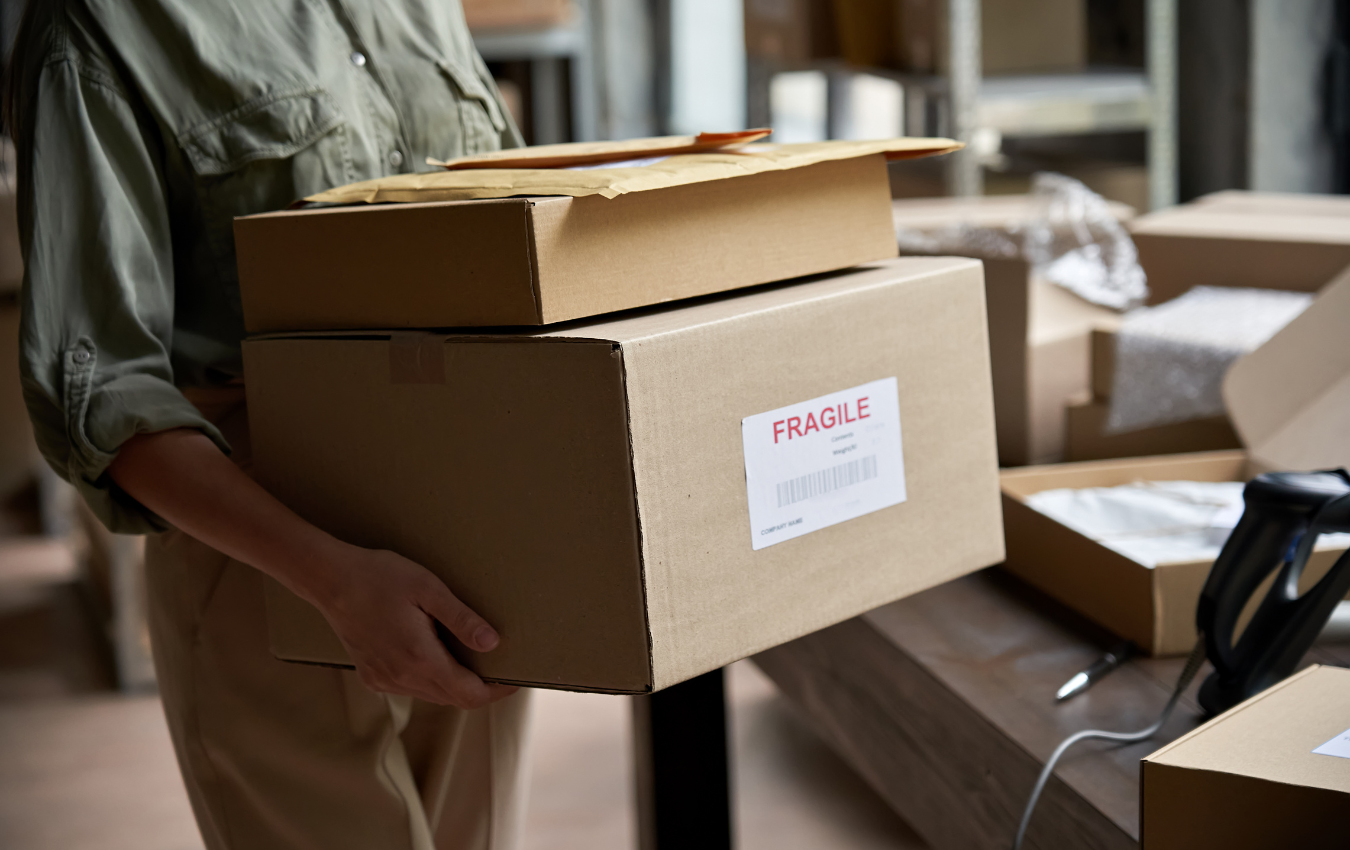
Shipping goods can be a stressful experience, especially when you’re worried about their safety during transit. Corrugated boxes, due to their durable and versatile nature,
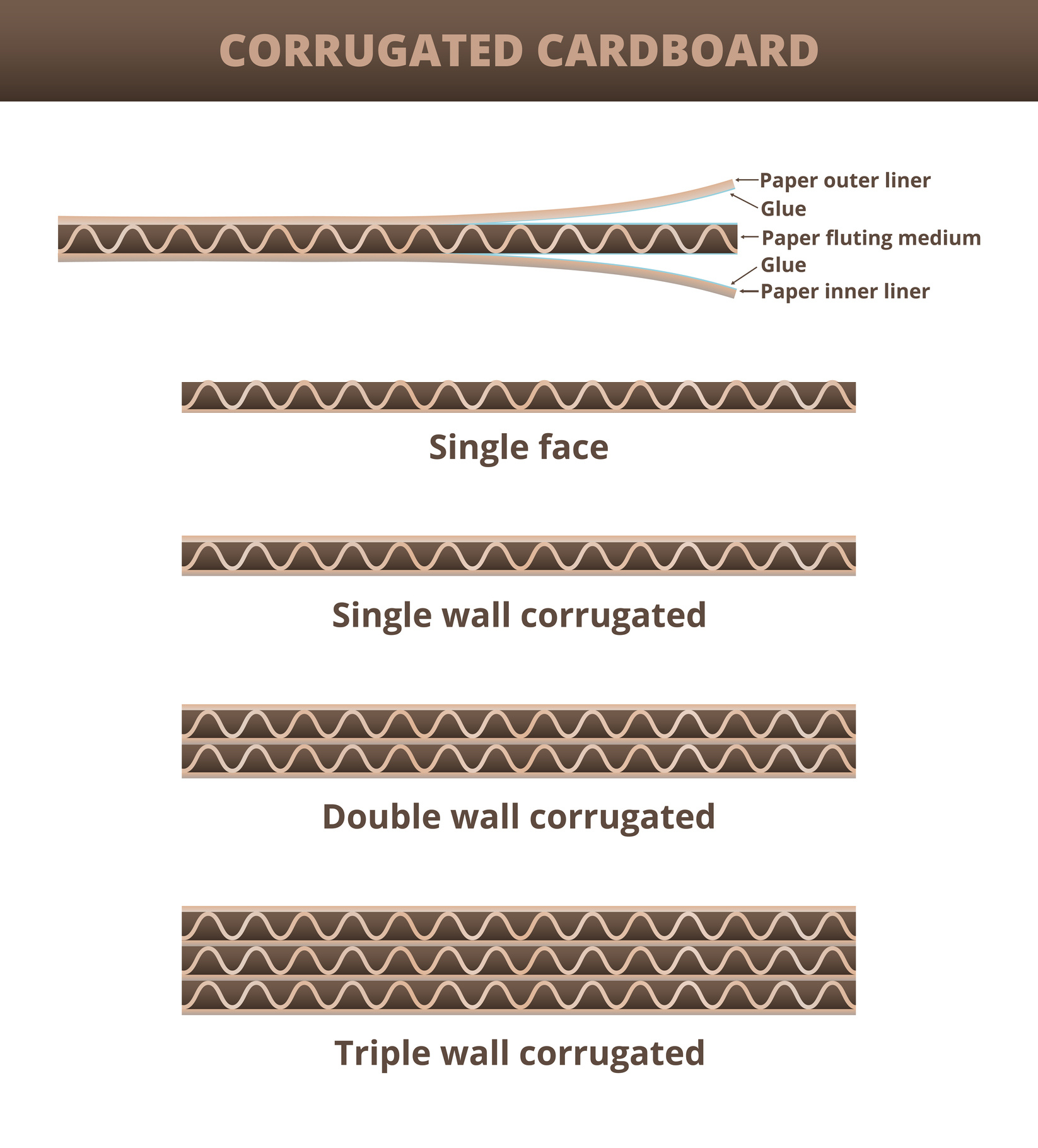
Corrugated board comes in multiple flute sizes and wall grades, each designed to balance strength, weight, and cost. Selecting the wrong grade can lead to

Incorporating recycled fiber into corrugated board is essential for sustainability goals, but it directly affects the mechanical properties of packaging. Understanding how fiber composition influences


